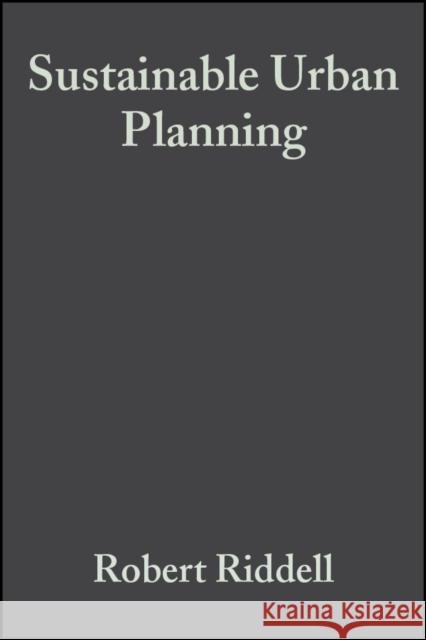Sustainable Urban Planning » książka
topmenu
Sustainable Urban Planning
ISBN-13: 9781405102902 / Angielski / Miękka / 2003 / 356 str.
Sustainable Urban Planning introduces the principles and practices behind urban and regional planning in the context of environmental sustainability.
- This timely text introduces the principles and practice behind urban and regional planning in the context of environmental sustainability.
- Reflects a growing recognition that cities, where the majority of humans now live, need to be developed in a sustainable way.
- Weaves together the concerns of planning, capitalism, development, and cultural and environmental preservation.
- Helps students and planners to marry the needs of the environment with the need for financial gain.











